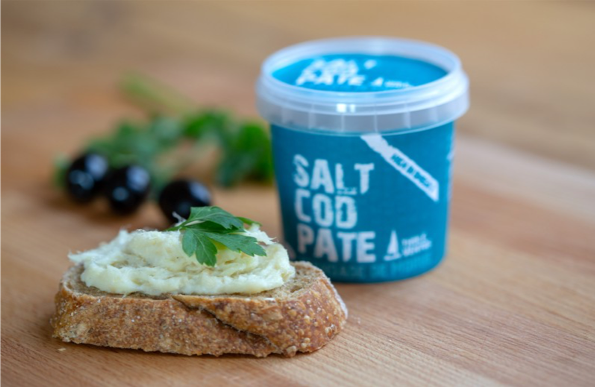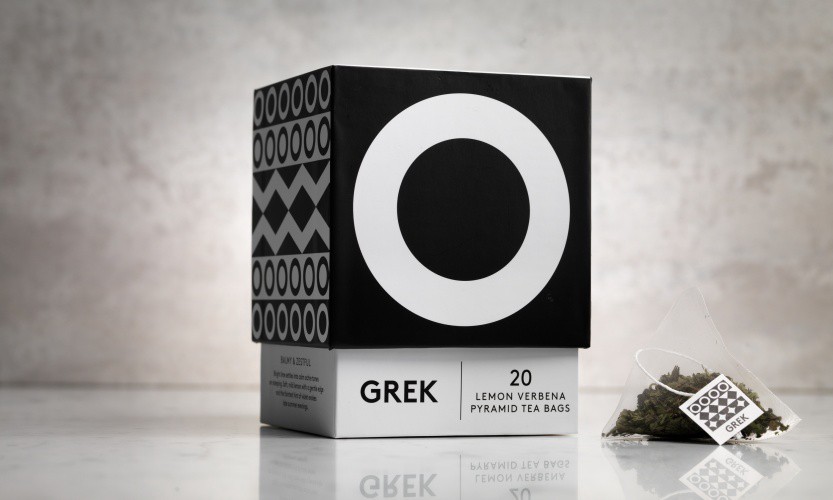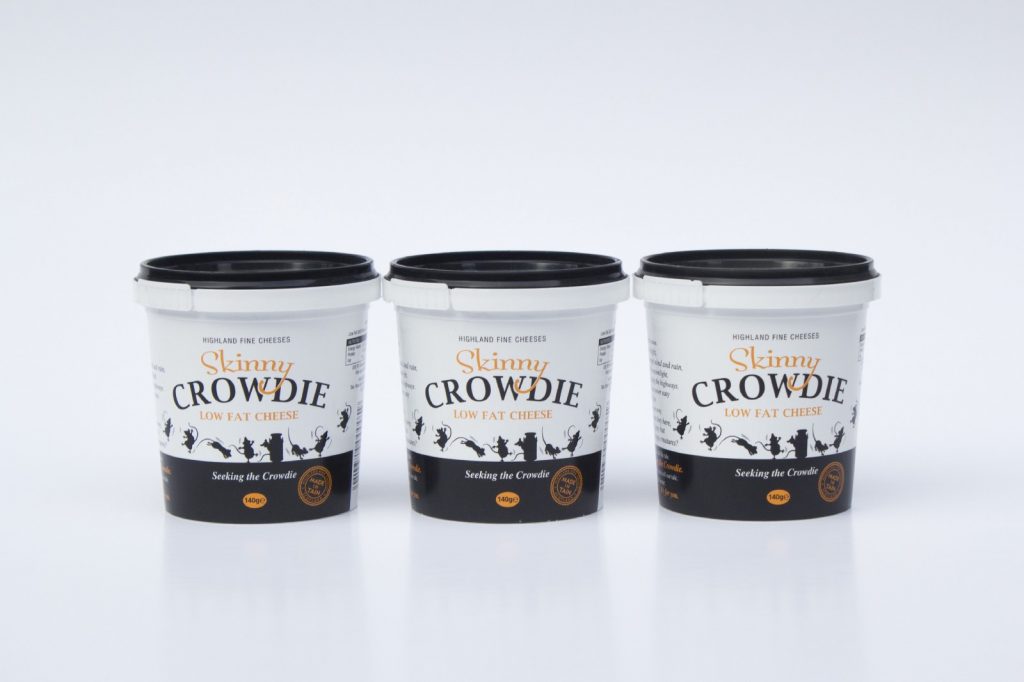Designing Food Packaging: The ‘Shelf Life’ Approach
Aimée Colley
Designer at Shaw

All food and drink packaging has a shelf life. And I don’t mean four days in your fridge, or until 2020 if stored away from sunlight in a cool dark place. I mean that food and drink packaging, unlike other materials, goes on a journey with your customer and lives its own little life (of sorts). It hangs out with other products on the aisles, and can end up living with your customer at home.
The idea of a “shelf life” is a fun concept to consider when thinking about your product’s packaging design and it can help you formulate a brief to present to a design team, or figure out a strategy for that specific product. When thinking about it, you can break the “shelf life” down into three stages.

1. If I could hang out with my product, what would it say?
This sort of questions should help you get down to the nitty gritty of your own product and pinpoint what your food or drink packaging should be saying to the consumer. If you have current packaging, have an honest think about whether it is saying the right things to represent your brand, and assess if elements are not working as well as they could.
If you want to flesh out some new ideas about what your product’s packaging should be saying, ask it questions, and ask questions of yourself and your brand. What goals do you have for your product? Who do you see as your audience? What are the product’s key messages? What makes your product unique? What is the story behind your product? If this product had a style/attitude/lifestyle/tastes/favourite colour/favourite food what would it be? (In a recent blog post we wrote about 6 steps to consider when creating a successful brand!)
These questions might sound odd, but it will help you whittle down your product’s distinctiveness and character that the packaging should try to embody. This is a great starting point to take to a designer, which will help them better understand the product that they are packaging.

2. Who does my product hang out with?
Asking this will help you consider the food and drink packaging your product sits next to on the shelves. You should go to the shop (or online shop) and see how your competitors present themselves, common styles, colour palettes, how they’re trying to create a customer conversation or maybe how their range sits as one together. You might see a strategy that you could translate into your product, but you could also begin to see ways to make your product look different. Research suggests that shoppers only have an 8 second attention span when sweeping the shelves, then will typically buy their usual brand. Look at two great examples of how to consider competitors – then do something different.
The colourful packaging of Heck Sausages; because if every pack of sausages is gold and black, do you want to be another?
This packaging design for GREK herbal tea. In the case of the herbal tea, you can typically see shelves saturated with illustrations of ingredients, bright colours and steam swirls but this packaging, with a bold use of monochrome, stands out in a quick sweep of the shelves. It still fits within a brand, but has been designed to stand out and not just be another typical box of tea.
So: you should be finding your niche on the shelves, whether that is by selecting a unique colour, illustrative style, packaging shape or having a different tone of copy. A wee bit of research and exploration can help you realise how your product looks on a crowded shelf and whether it blends in, or will stand out. But you should do this your way – asking the initial questions from step 1 about your brand and food or drink product can help designers create packaging that genuinely fits your product’s story.

3. How does my product and packaging connect with people?
Your product might be eaten within 20 seconds of being bought, but in lots of cases the packaged food and drink will make it home and into the fridge or cupboard. Then it sticks around – before it is opened, after it is opened, and then maybe into the recycling pile! Alternatively, if your product was bought online, it has to make a good first impression!
It is important to keep the packaging eye-catching (remember the 8 second attention span), but there can be finer details like an interesting copywriting tone that the customer can enjoy at home. Do you want it to be a collectors item? Is it part of a set? Do you want people to interact with it? Do you want people to share it?
Social media is seen as a great way for brands to connect with their consumers, but just adding the Facebook or Instagram logo to your packaging won’t guarantee interaction. If you create a brand that consumers understand, and want to show they are enjoying, they are more likely to engage with you, and share that great product and packaging online.
So why not try it?
Think about shelf life in relation to your product and packaging and see what you discover.
I think that, when considered together, these questions can provide a wealth of information that can help you figure out where to start or where to go next with your food and drink packaging design. We are always ready for a new packaging challenge, and love working with brands to design food and drink packaging that suits their needs and helps them stand out on the shelves!
